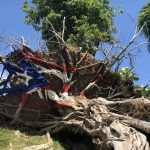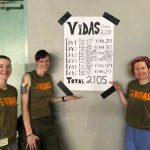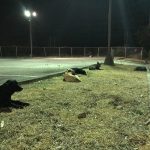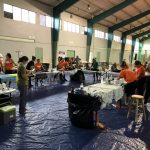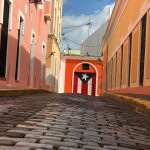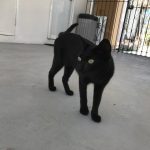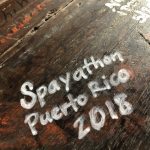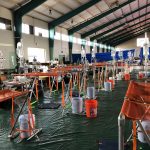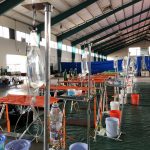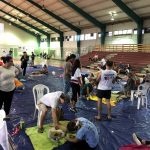A team from OHS travels to Puerto Rico to help spay and neuter thousands of pets

It’s been nine months since Hurricane Maria ravaged Puerto Rico. As the island continues to recover, the 2018 hurricane season looms large in the minds of residents. For many families, a beloved pet can provide comfort and calm as they struggle to regain a sense of normalcy.
A team from the Oregon Humane Society recently traveled to Puerto Rico to help care for pets as part of the Spayathon for Puerto Rico. The high-quality, high-volume spay/neuter initiative has a goal of altering more than 20,000 dogs and cats in underserved areas – which is expected to prevent 250,000 unwanted births. Four rounds of clinics are scheduled all over Puerto Rico, June 2018 – May 2019. OHS has made an ongoing commitment to this project and expects to send a team to each of the clinics. During their first deployment, OHS staff worked in an area south of San Juan and were part of a team that performed 2,015 surgeries in six days.
For OHS veterinarian Dr. Margaret Wixson, it was her first-time volunteering in a field clinic. “I always wanted to do something like this,” says Dr. Wixson. “It was a great opportunity to represent OHS and help fellow Americans.” To prepare for her trip, Dr. Wixson also read a book about Puerto Rico so she could have a deeper understanding of the culture and history.
Two other members of the OHS medical team, Kerry Moore, vet tech, and Hailey Murutes, vet assistant, accompanied Dr. Wixson and worked side-by-side with veterinary professionals from the U.S., Mexico and Brazil. Local students from the veterinary college also assisted. “The people in Puerto Rico have been through so much,” says Kerry. “It was nice to be able to provide something for their community.” The diverse group of veterinary professionals all worked in harmony, focused on caring for the pets and people who came to them for help.
The clinic set-up was unique. A sports facility housed the operation and pet-owners were part of the process –staying with their animals before surgery and caring for them in a post-op area nicknamed “the beach” where large towels were laid out for each family. This set-up allowed pets to wake-up surrounded by the people who loved them. Not having kennels also meant that the clinic was only able to serve owned pets, not strays. However, a number of local rescue groups helped bring strays to the clinic to be spayed and neutered – which is vital to reducing the number of dogs living on the streets. “The problem [of pet overpopulation] is so big there,” added Dr. Wixson.
Families lined up for hours before the clinic opened for a chance to have their pet spayed or neutered. “People obviously cared for their pets and want what’s best for them,” adds Kerry. “For many, their pet was their only family.”
The days were long, hot and physically demanding. Without air-conditioning, insects freely entered the building through open windows and doors. The lighting was far from ideal. Dr. Wixson tried three different headlamps before she found one that was bright enough for surgery.
The heat presented challenges for the families and pets too. “Sometimes, people had to wait in line all day,” says Kerry. Unexpected emergencies came up along the way. Kerry recalls a dog that suffered heat stroke but recovered after the team’s quick response.
Despite all the challenges, one of the biggest rewards came at the end of each day when they tallied up the number of surgeries performed and the pets helped. In just seven days, 2,015 spay/neuters were done. Many pets also received vaccines, and flea and tick treatment. “We felt really accomplished,” adds Kerry.
The community’s gratitude and kindness carried them through some of the toughest moments of the week. “People were constantly bringing us food and thanking us,” says Dr. Wixson. Even at the local store, they were treated like celebrities. “You could feel the gratitude everywhere,” adds Kerry.
